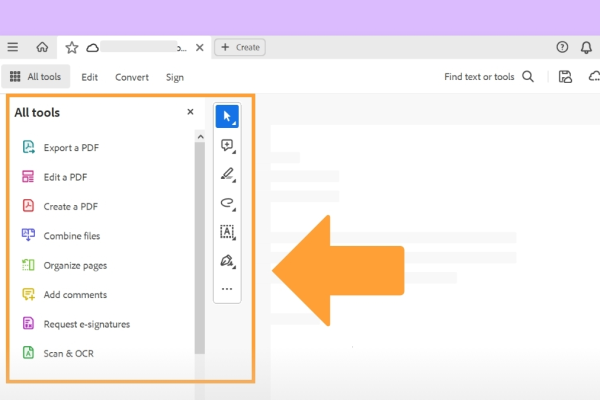In the ever-evolving landscape of education, where digital transformation is no longer a luxury but a necessity, educational institutions continually seek ways to optimize their operations and enhance the learning experience. Open source software solutions have emerged as a cornerstone in this revolution, providing robust, cost-effective, and flexible options for schools, colleges, and universities. Here, we delve into why open source is the ideal choice for educational institutions and explore some of the top software solutions that are reshaping the educational sector.
The Rise of Open Source in Education
Open source software has become synonymous with innovation and adaptability in the digital age. For educational institutions, the appeal of open source lies in its collaborative nature and the control it offers over the software’s functionality. Unlike proprietary software, open source solutions are not tied to the vision of a single company; they are the product of global collaboration and collective expertise. This means that educational institutions can benefit from a plethora of features refined by educators and developers worldwide, providing myriad examples of customization and innovation.
Moreover, in an era where budget constraints are commonplace, open source software presents an attractive proposition. It eliminates licensing fees, reducing overall IT expenses while offering powerful capabilities and the flexibility to tailor the software to specific institutional needs.
Transforming Education Through Open Source
Education is about growth and transformation, and open source software aligns perfectly with this mission. It encourages a learning culture that extends beyond the classroom, promoting values like community participation, transparency, and lifelong learning. As students and educators interact with these systems, they are also exposed to the underpinnings of programming and system management, skills that are increasingly valuable in our tech-centric world.
For educators, open source tools can provide more than just administrative support; they can enhance education delivery. From learning management systems (LMS) to student information systems (SIS), open source software can streamline communication, simplify grading, and open new avenues for interactive learning.
Top Open Source Software Solutions for Educational Institutions
As educational institutions navigate the myriad options available, here’s a curated list of top open source software solutions that stand out for their capabilities and the value they bring to the learning environment:
- Moodle: A widely recognized and utilized learning management system, Moodle offers a customizable platform for e-learning. Known for its scalability and robust community, it supports course creation, grading systems, and various plugins for additional functionalities.
- Sakai: This community-driven project is a powerful LMS that provides tools for teaching, learning, research, and collaboration. Sakai’s intuitive interface and versatility make it a preferred choice for academic institutions looking to foster a rich online learning ecosystem.
- Canvas: While Canvas offers a paid version, it also provides an open source LMS that institutions can self-host. Its user-friendly design, integrated learning outcomes, and native mobile applications are noteworthy.
- BigBlueButton: This open source web conferencing system is designed for online learning. BigBlueButton allows for real-time sharing of audio, video, slides, chat, and screen, making virtual classrooms interactive and engaging.
- OpenSIS: As a student information system, OpenSIS manages student data efficiently. With features like demographic information, scheduling, gradebook, reporting, and attendance, it’s an all-in-one package for educational administration.
- Fedena: Fedena is another comprehensive open source school management software with a suite of features that include batch management, financial accounting, examination management, and more, tailored for academic and administrative activities.
- Koha: Koha is an open source integrated library system (ILS) with a comprehensive range of features such as online public access catalog (OPAC), circulation, cataloging, and serials management for educational institution libraries.
- Jitsi Meet: A robust video conferencing platform, Jitsi Meet is known for its scalability and ease of use. It can be used for online classes, meetings, and webinars, supporting the collaborative needs of modern education.
- Chamilo: An e-learning and content management system, Chamilo is designed to improve access to education. It’s user-friendly and widely adopted due to its light system requirements and ease of use.
- SchoolTool: Specifically designed for schools, SchoolTool offers a wide array of features such as gradebook, attendance, calendaring, and reporting, all within a web-based interface.
Embracing the Future with Open Source
Integrating open source software in educational institutions is not just about staying abreast with technology—it’s about shaping a future that is inclusive, collaborative, and innovative. The open source movement in education signals a shift towards a more open and connected world where knowledge is not confined within walls but is freely accessible and continuously improved upon by a global community.
In conclusion, as we assess the myriad benefits and resources available through open source software, it becomes clear that these tools are not merely an alternative but are becoming the mainstream choice for educational institutions seeking to provide an enriched learning experience while maintaining financial prudence. As technology advances, the role of open source software in education is poised to grow, potentially redefining how we think about education technology and its capabilities.
Educational institutions ready to leap into the open source world can rest assured that they are stepping towards a future that is not only technologically advanced but also ethically aligned with the principles of education: sharing knowledge, fostering community, and creating opportunities for all.





